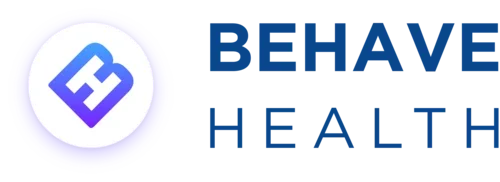Being able to “take the temperature” of your revenue cycle is an important piece of running an efficient addiction treatment billing program. The best way to do this is to create measurements of success—also known as Key Performance Indicators (KPIs)—so you can track how your organization is doing from month-to-month, quarter-to-quarter, or year-to-year.
Once you’ve developed a few KPIs to track your growth, it becomes easy to compare your revenue cycle to that of other organizations, as well. This lets you know how your organization is doing in comparison to the competition, which is powerful knowledge to have.
Today, let’s look at the top 5 KPIs most addiction treatment organizations use to track the success of their revenue cycle.
Addiction Treatment Billing KPI #1: Net Days in A/R
This figure tell you how efficient your revenue cycle is at turning claims into cash. Turnaround time here has a huge impact on your cash flow, so this is an important KPI to track. You are shooting for as small a number of days as possible.
Essentially, Net Days in A/R answers the question, “How long does it take for us to get paid?”
In order to find your Net Days in A/R, first find the average daily charges for the last six months. To do this, take all of your charges for the last six months and divide by the total number of days.
Once you have that number, divide the total accounts receivable by the average daily charges.
In other words:
Average Daily Charges / Total Accounts Receivable = Net Days in A/R
Addiction Treatment Billing KPI #2: Cash Collection as a Percentage of Net Revenue
The Cash Collection as a Percentage of Net Revenue KPI will tell you how well your revenue cycle turns patient services into actual cash.
This KPI answers the question, “What percentage of our net revenue actually gets turned into cash?”
In order to find this KPI, take the total collected patient services cash—the amount you actually receive in cash—and divide it by the average monthly net patient services revenue—the amount you theoretically should be receiving if every bill was always paid on time. The higher the percentage, the better.
In other words:
Collected Patient Services Cash / Average Monthly Net Patient Services = Cash Collection as a Percentage of Net Revenue
Addiction Treatment Billing KPI #3: Claim Denial Rate
This KPI tells you what percentage of your insurance billing claims are being denied. This number should be as small as possible. A high number would indicate that there is something wrong with the way your organization is submitting claims.
Find your Claims Denial Rate by taking the total number of denied claims and dividing it by the number of claims remitted.
In other words:
Total Number of Denied Claims / Number of Claims Remitted = Claim Denial Rate
Addiction Treatment Billing KPI #4: Final Denial Write-Off as a Percentage of Net Revenue
This KPI tells you what percentage of your denied claims turn up nothing, even after you’ve completed the appeal process. These claims are typically written off for tax purposes. The lower the number, the better.
To find this KPI, take the net dollars written off as claim denials and divide it by the average monthly net patient services revenue.
In other words,
Net Dollars Written Off as Claims Denials / Average Monthly Net Patient Services Revenue = Final Denial Write-Off as a Percentage of Net Revenue
Addiction Treatment Billing KPI #5: Cost to Collect
This KPI tells you how efficient and productive your organization’s revenue cycle is. With this KPI, you answer the question: “How much did we spend to collect each dollar?” The lower the number, the better.
In order to find a good number for this, you need to determine how much money you’ve spent in the collections process. Include things like re-training clinicians in documentation best practices, reviewing claims, and undertaking the appeals process.
To find this KPI, divide the total revenue cycle cost by the total patient service cash collected.
In other words:
Total Revenue Cycle Cost / Total Patient Services Cash Collected = Cost to Collect
Need Help?
Addiction treatment billing is complex. At BehaveHealth, we’re here to help. Why not start your free trial of our all-in-one software solution custom made for helping behavioral health providers tackle all fronts of the addiction treatment business? Our solution includes everything you need from admissions to treatment to billing.







